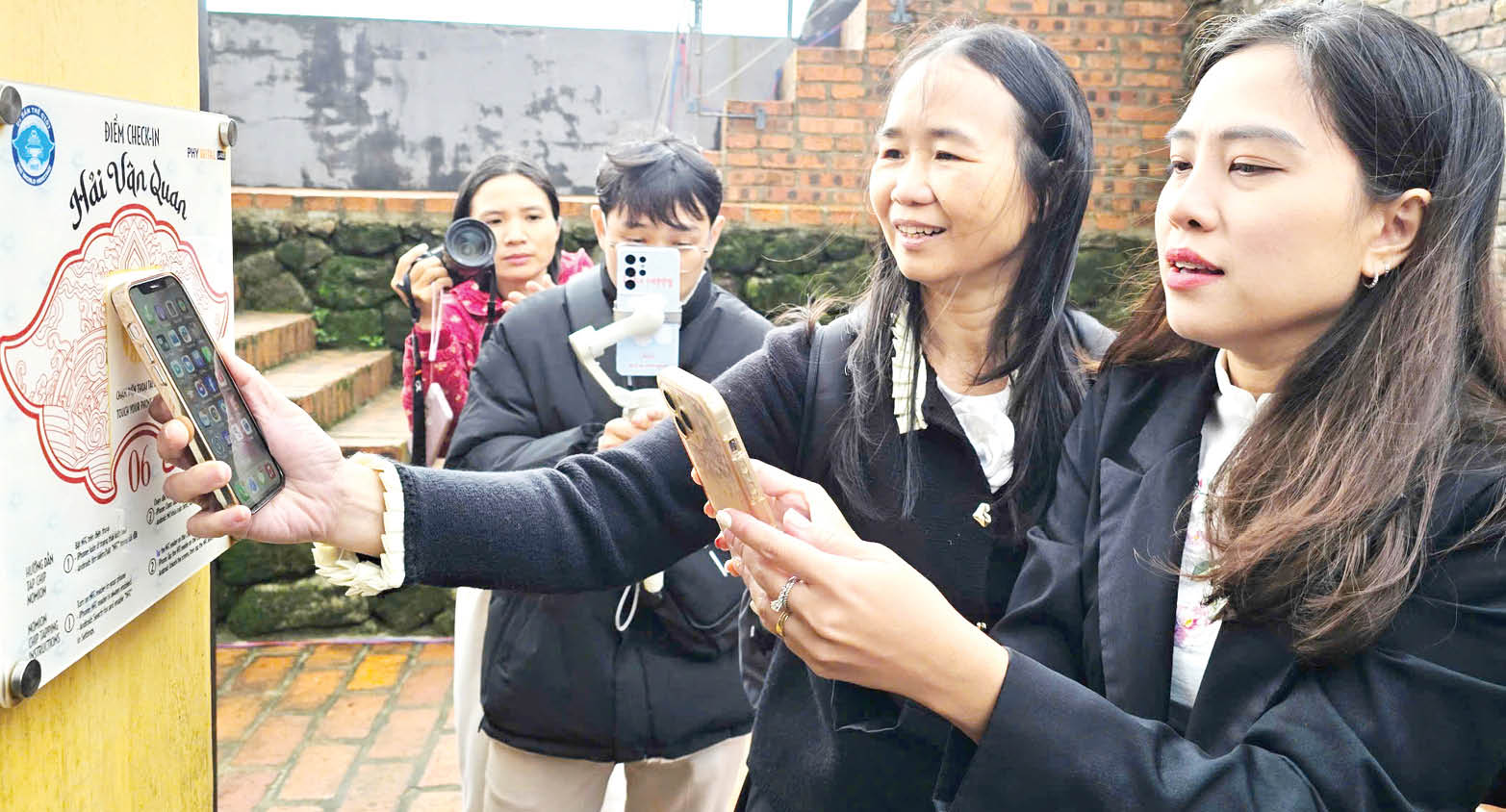 |
| Just by touching the smartphone to the NFC chip, visitors can explore information and images about the monument. |
"Pulling" the government closer to the people
Hue City is gradually “transforming” to become a smart city, but not through high-rise buildings, nor through noisy architectural “makeovers”, but choosing a more sustainable path, which is to apply digital technology to rebuild urban management and operation thinking from the roots. This is not just a “digitalization” in form, but an effort to change the way the city is operated, taking data as the foundation, technology as the tool and people as the center of all decisions.
When mentioning Hue, people will immediately think of a typical heritage city. So, how can Hue effectively manage its heritage while promoting sustainable values in contemporary life? The obvious answer is to apply digital technology.
In recent years, the city has deployed many technological solutions such as digitizing artifacts, applying 3D technology in relic restoration, bringing images of the Imperial Citadel to a virtual reality platform, deploying electronic entrance tickets and a QR code scanning system to automatically guide visitors. It can be said that technology is opening up a "soft revolution" in conservation, from document storage, inventory of artifacts to propaganda and promotion work.
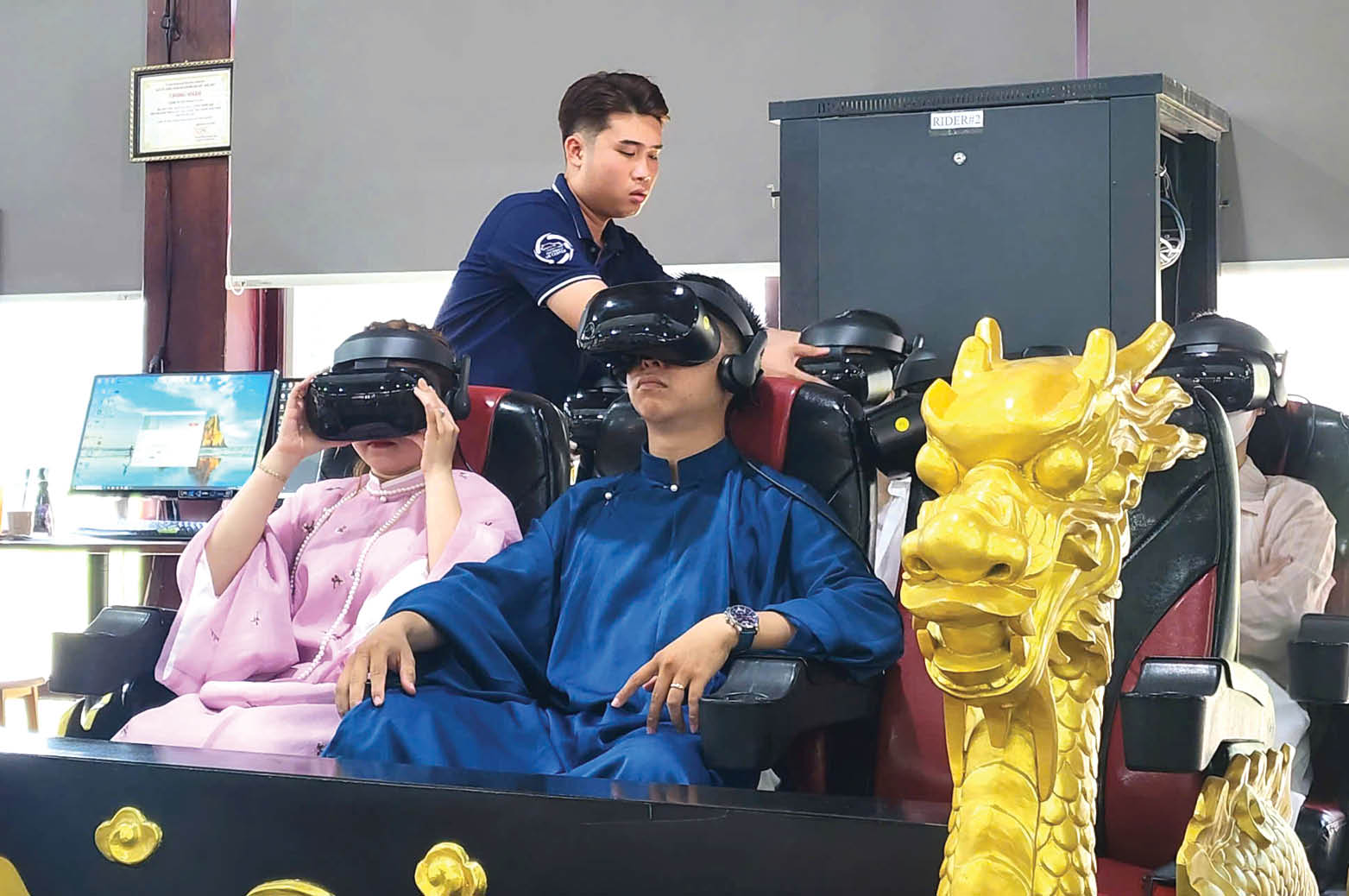 |
| Tourists experience virtual reality "In search of the lost palace" in Hue Imperial City |
It is worth noting that technology not only supports effective management, but also “pulls” heritage closer to the public, especially the younger generation. With a “touch”, viewers can “stroll” in the Imperial City, admire Ngo Mon Gate, Thai Hoa Palace or listen to excerpts of Hue Royal Court Music through digital space. Heritage is no longer “standing still” in museums but has become more lively and closer.
Breaking out of the “heritage” cloak, in the role of urban infrastructure and traffic infrastructure management, it is impossible not to mention the Smart City Monitoring and Operation Center (IOC). This center has helped the city government monitor and operate urban activities effectively, from traffic, environment to security and order.
When IOC was put into operation, many Hue residents initially thought it was just a “software to report incidents”. But over time, it has been shown that the deeper goal is to establish an interactive – transparent – responsive urban management mechanism. From waste treatment to security camera monitoring, traffic monitoring, public administration… all are gradually being integrated into a digital management ecosystem. Thanks to that, the government can grasp the situation in real time, people have tools to monitor the government, and the city operates more orderly, flexibly and effectively than before.
In addition, the construction of GIS maps for planning, the application of environmental monitoring sensors, the integration of public administrative services into online service portals, etc. are examples showing that Hue City is gradually forming a smart urban governance system.
Completing shared data infrastructure
Digital transformation in urban management is not simply a matter of technology. It is a process of changing thinking, from the leadership level to each ward, commune, and each cadre to the people.
In addition to the remarkable achievements, it is undeniable that Hue is still facing many barriers, lack of data synchronization between sectors, a reality that causes "bottlenecks" in sharing and processing information. Some units deploy technology but do not have a standard process to connect with each other. Meanwhile, many grassroots officials are still hesitant to approach new technology. On the contrary, a part of the people, especially in the suburbs and disadvantaged areas, still face difficulties and limitations in using technology.
Technology is a tool, but to manage cities with technology, there needs to be synchronized data, competent staff to receive it, and people to be confident enough to use it. That is, without investment in human resources, data infrastructure, and management institutions, all software, apps, or monitoring systems are just “modern formalizations”. In meetings with large corporations and enterprises related to digital transformation, city leaders also acknowledged this and proposed fundamental solutions.
To solve these difficulties, the city has outlined a roadmap and solutions to soon complete a shared data infrastructure, ensuring seamless connections between sectors and levels. When data becomes a “living resource”, sharing – updating – processing information will be a measure of governance capacity.
In recent times, the city has actively promoted cooperation with technology corporations and enterprises to build a green and sustainable development model. In particular, the city has given special priority to green transportation.
“Hue City is known as a locality pursuing sustainable development trends, based on environmental protection and green development. Therefore, when technology corporations approach Hue, they all aim to accompany the city's development orientation. In social management, traffic and urban management, Hue must apply advanced methods, approaching the requirements of sustainable development, friendly to the environment. Only then can we build Hue into a heritage city, a green city, a city of sustainable development,” said Nguyen Thanh Binh, member of the Standing Committee of the City Party Committee and Permanent Vice Chairman of the City People's Committee.
Source: https://huengaynay.vn/kinh-te/quan-ly-van-hanh-do-thi-bang-cong-nghe-152841.html







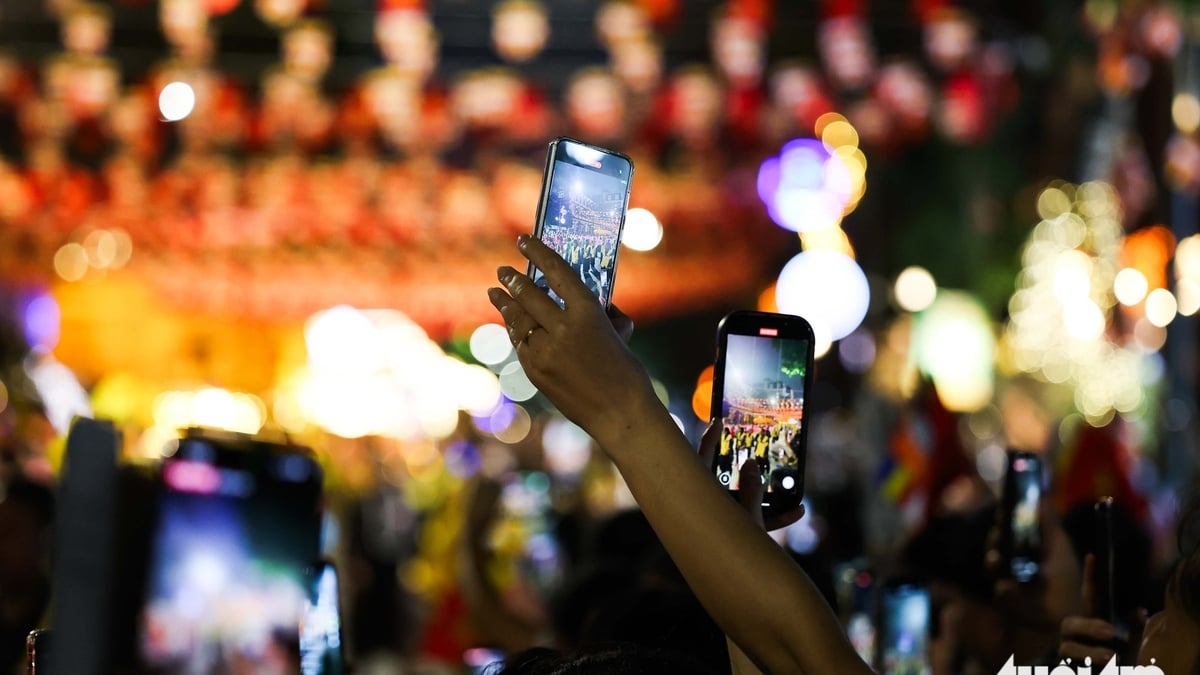
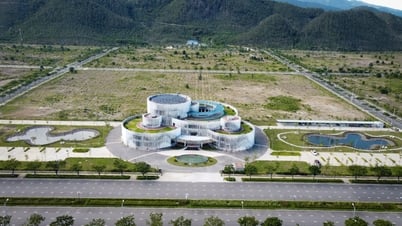
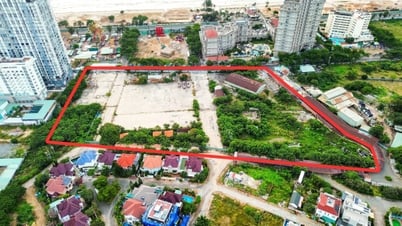



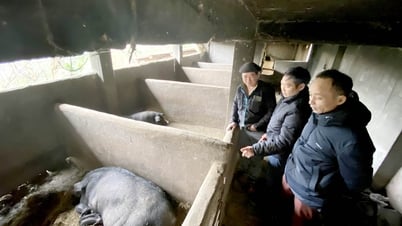




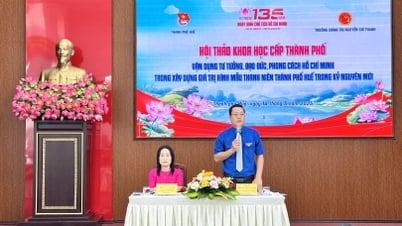

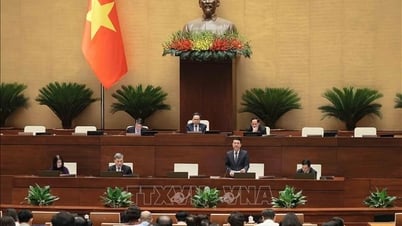


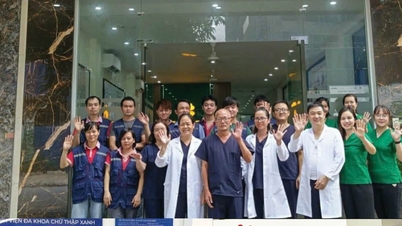
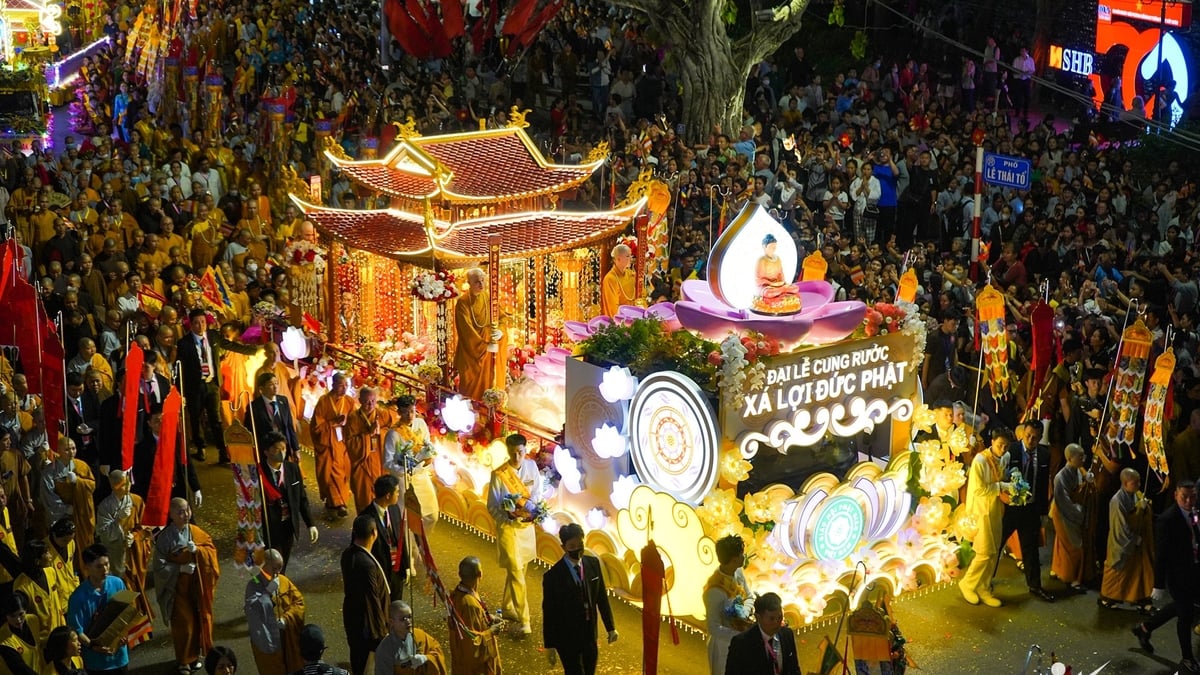


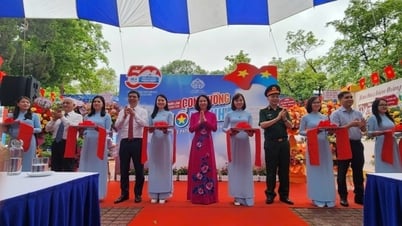

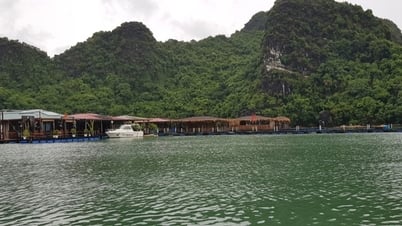











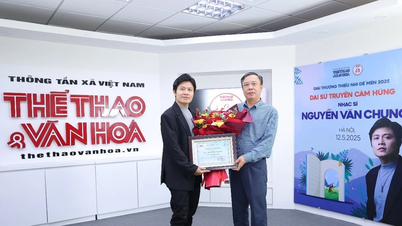















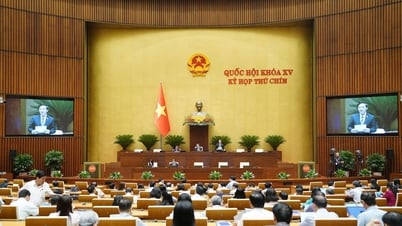




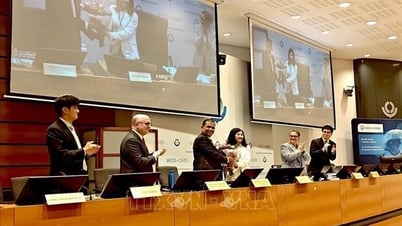





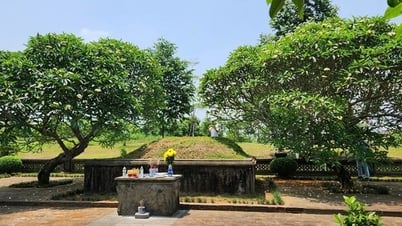

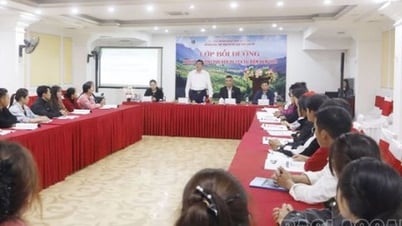
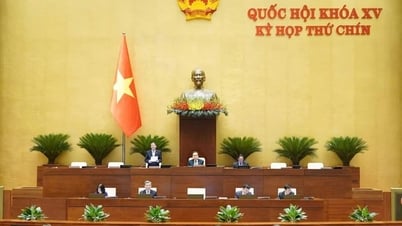

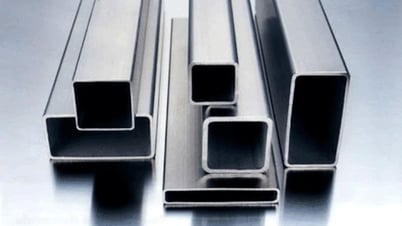

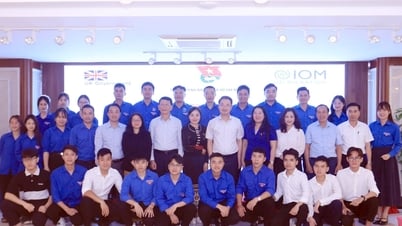


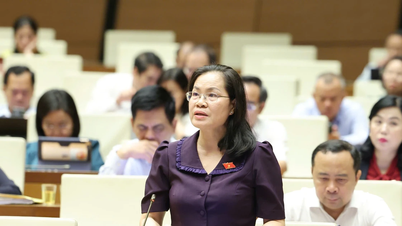
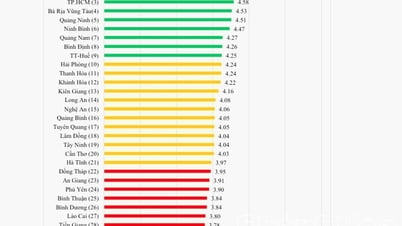






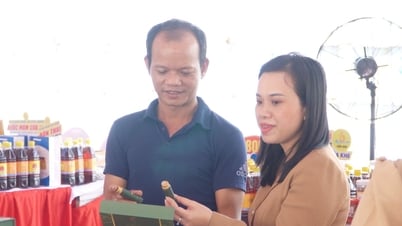
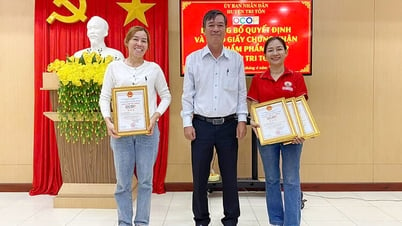



Comment (0)